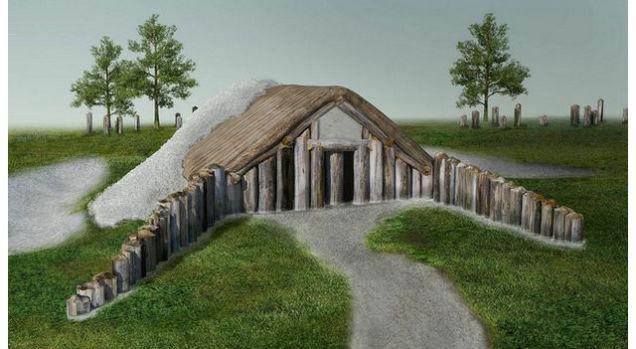

 7
7





QuickBooks set up and Bookkeeping for Small Businesses and Farms - jocelyncampbell.com
 1
1








 7
7





 1
1




Jay C. White Cloud wrote:...there is nothing new to Permaculture...It is just a matter of "remembering" what has already been done....and done very, very, well!
My project thread
Agriculture collects solar energy two-dimensionally; but silviculture collects it three dimensionally.




"If you want to save the environment, build a city worth living in." - Wendell Berry








"If you want to save the environment, build a city worth living in." - Wendell Berry




Brian Knight wrote:I watched a great Smithsonian channel program last night on the hidden landscape project and it featured some more info on these structures. Wolfgang Neubauer pointed out that there are many of these "long barrows" throughout Europe http://en.wikipedia.org/wiki/Long_barrow They apparently were used for burial sites which makes me doubt they were used as living spaces.

 1
1




List of Bryant RedHawk's Epic Soil Series Threads We love visitors, that's why we live in a secluded cabin deep in the woods. "Buzzard's Roost (Asnikiye Heca) Farm." Promoting permaculture to save our planet.
 1
1




How permies.com works
What is a Mother Tree ?

|
30 seconds to difuse a loaf of bread ... here, use this tiny ad:
A book about better recipes for green living
https://greenlivingbook.com/
|



